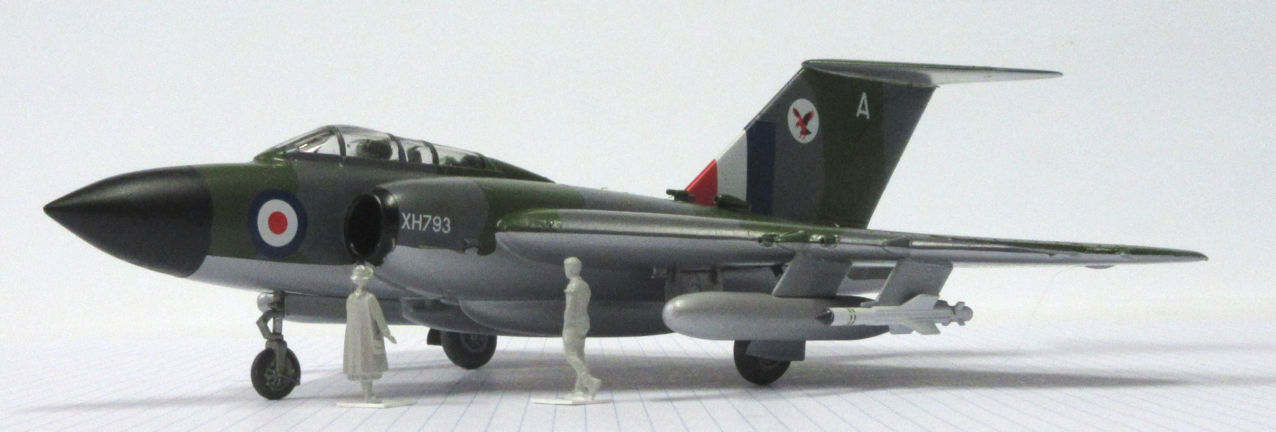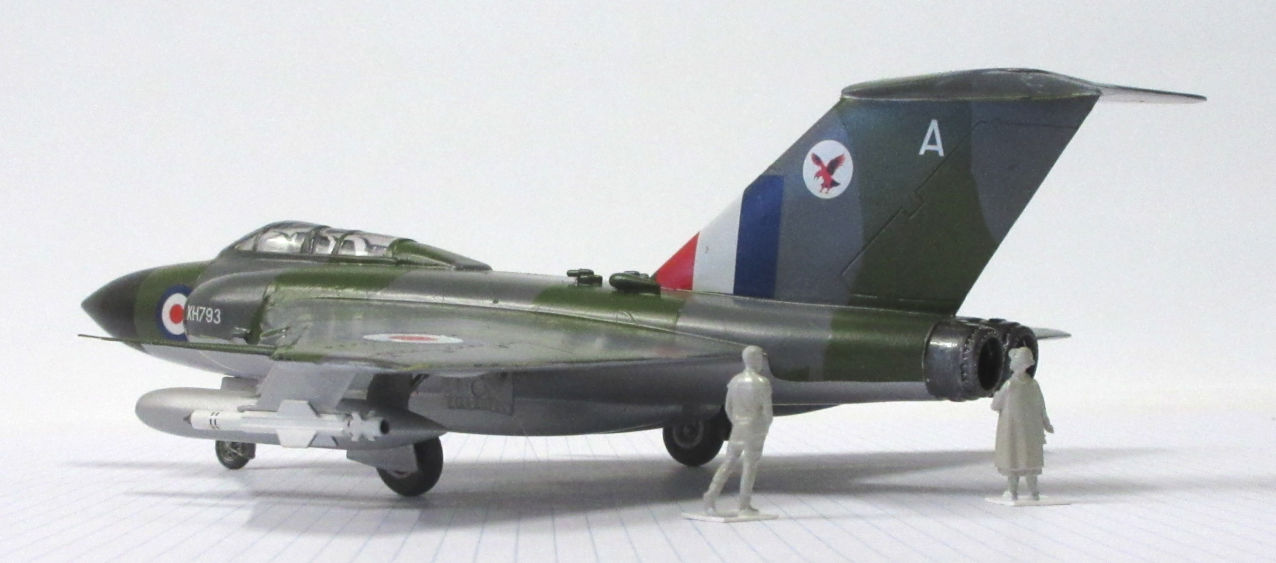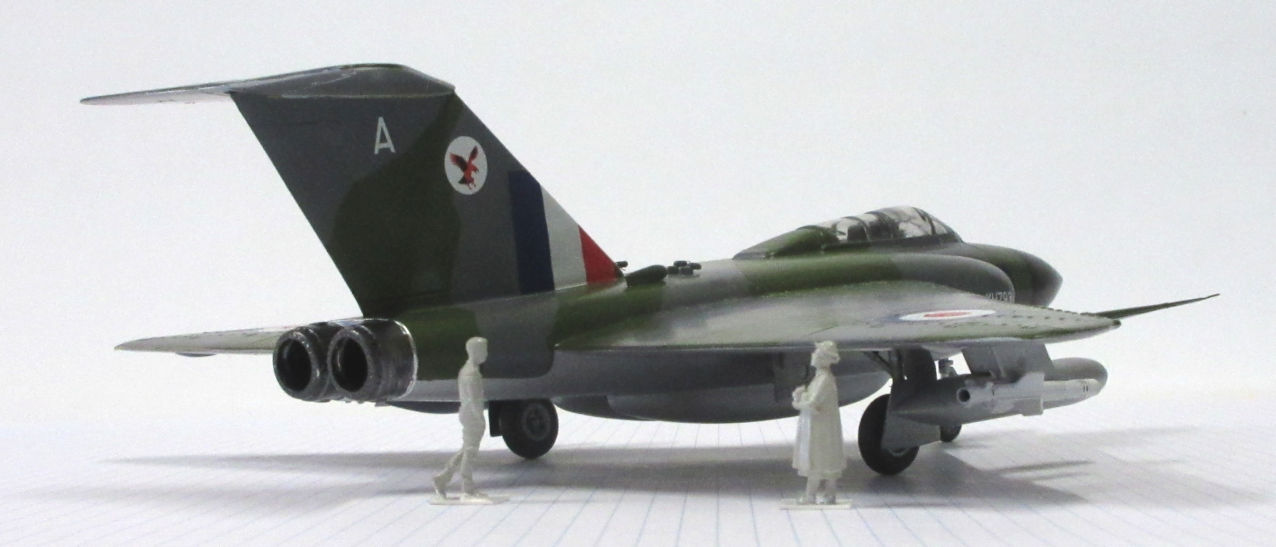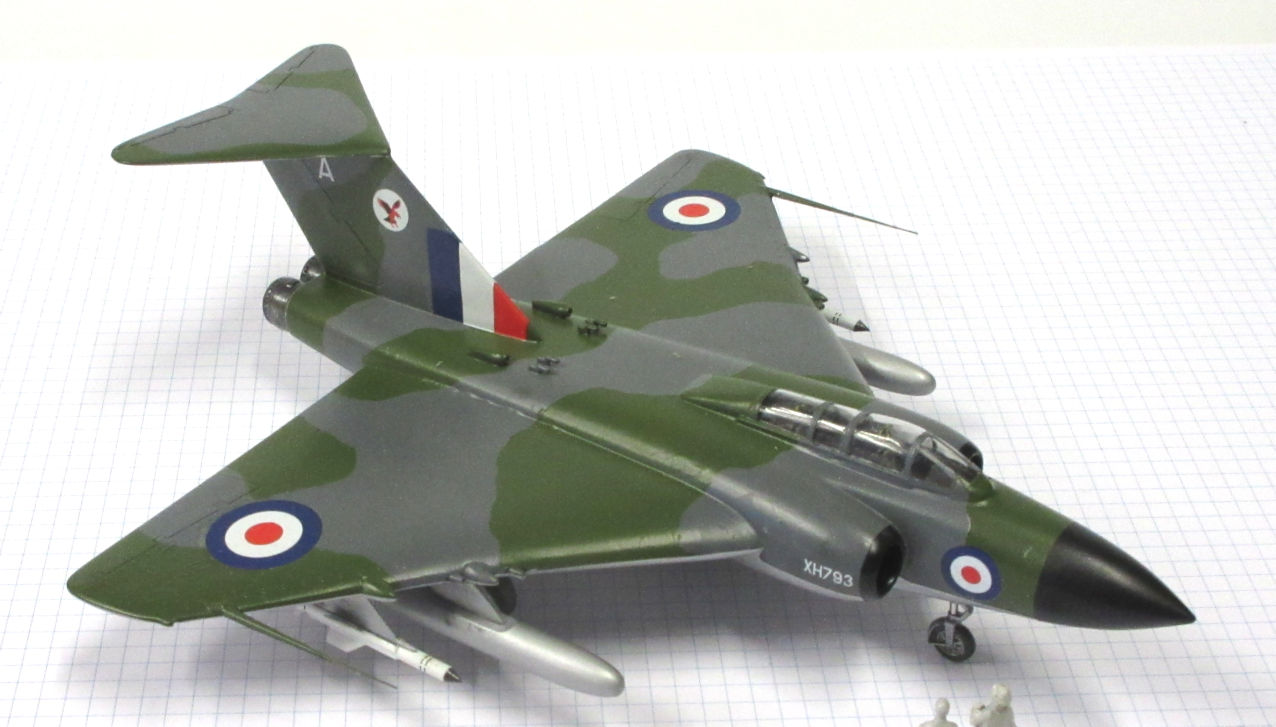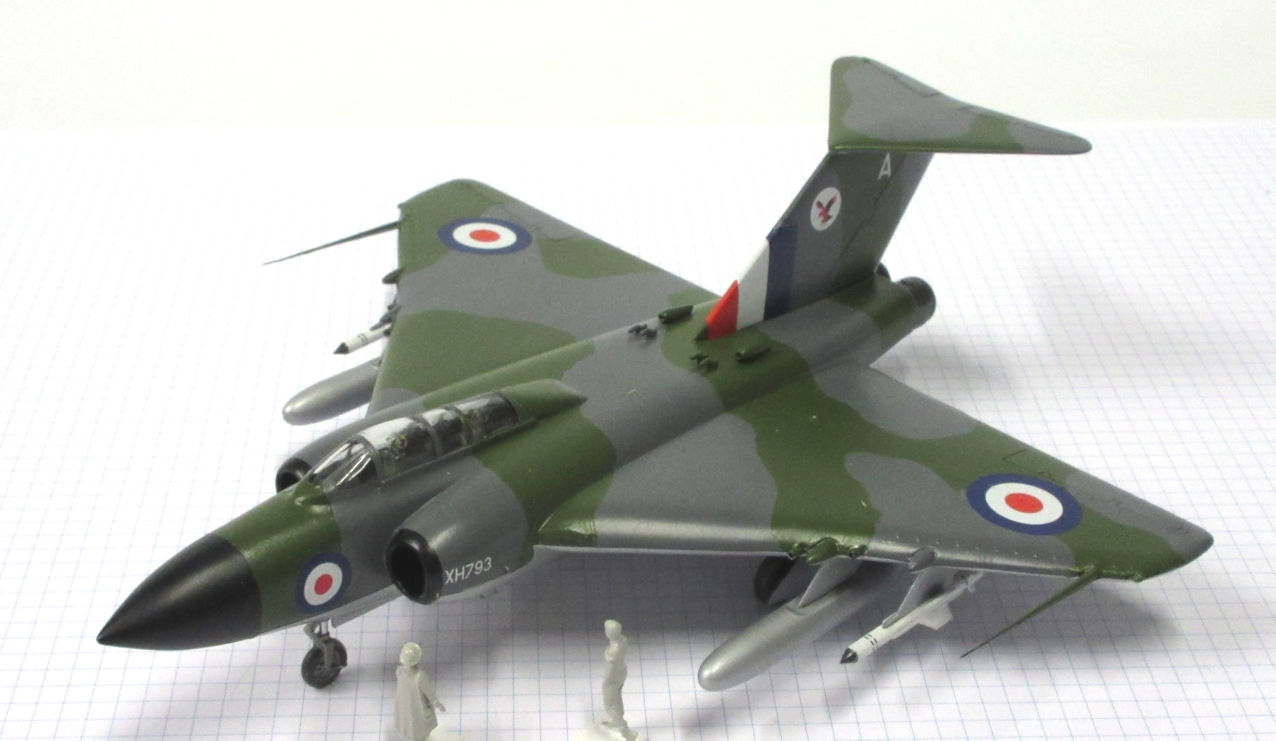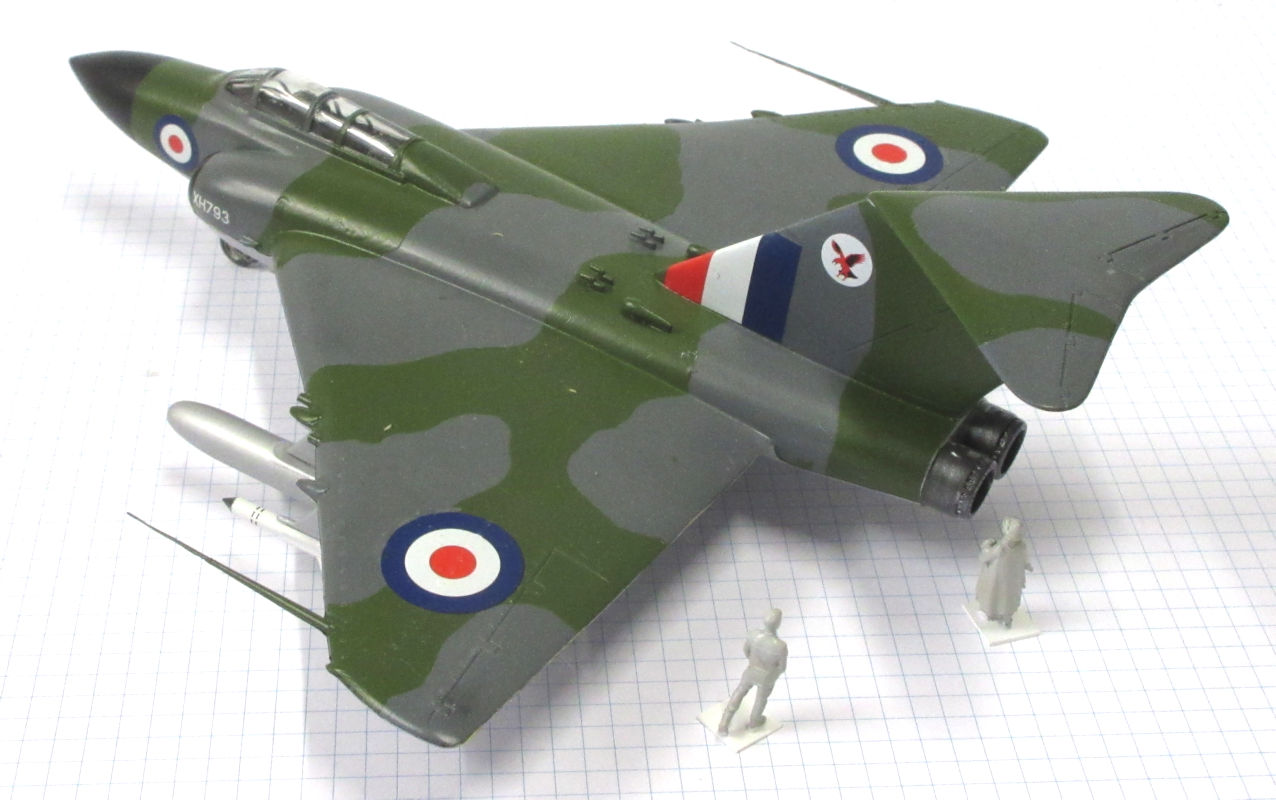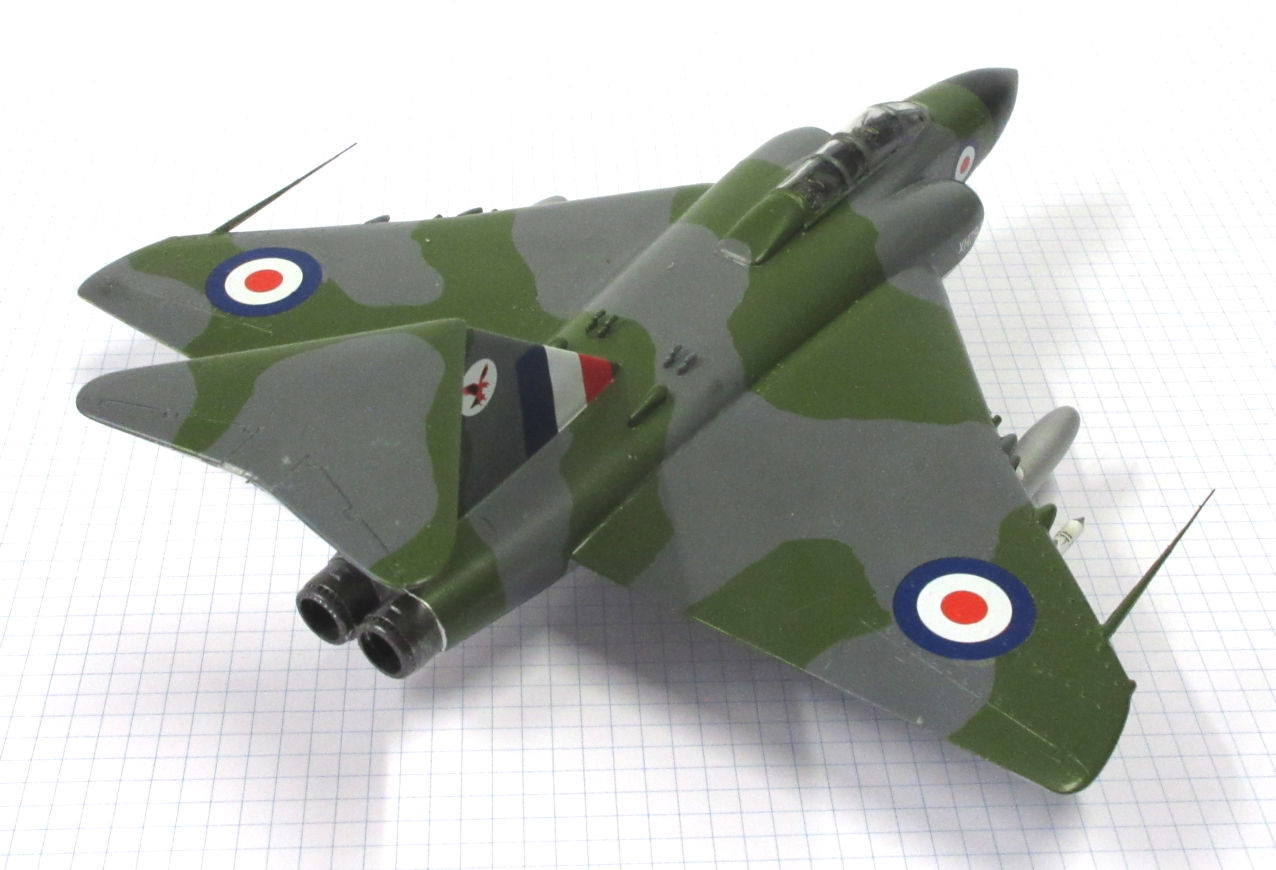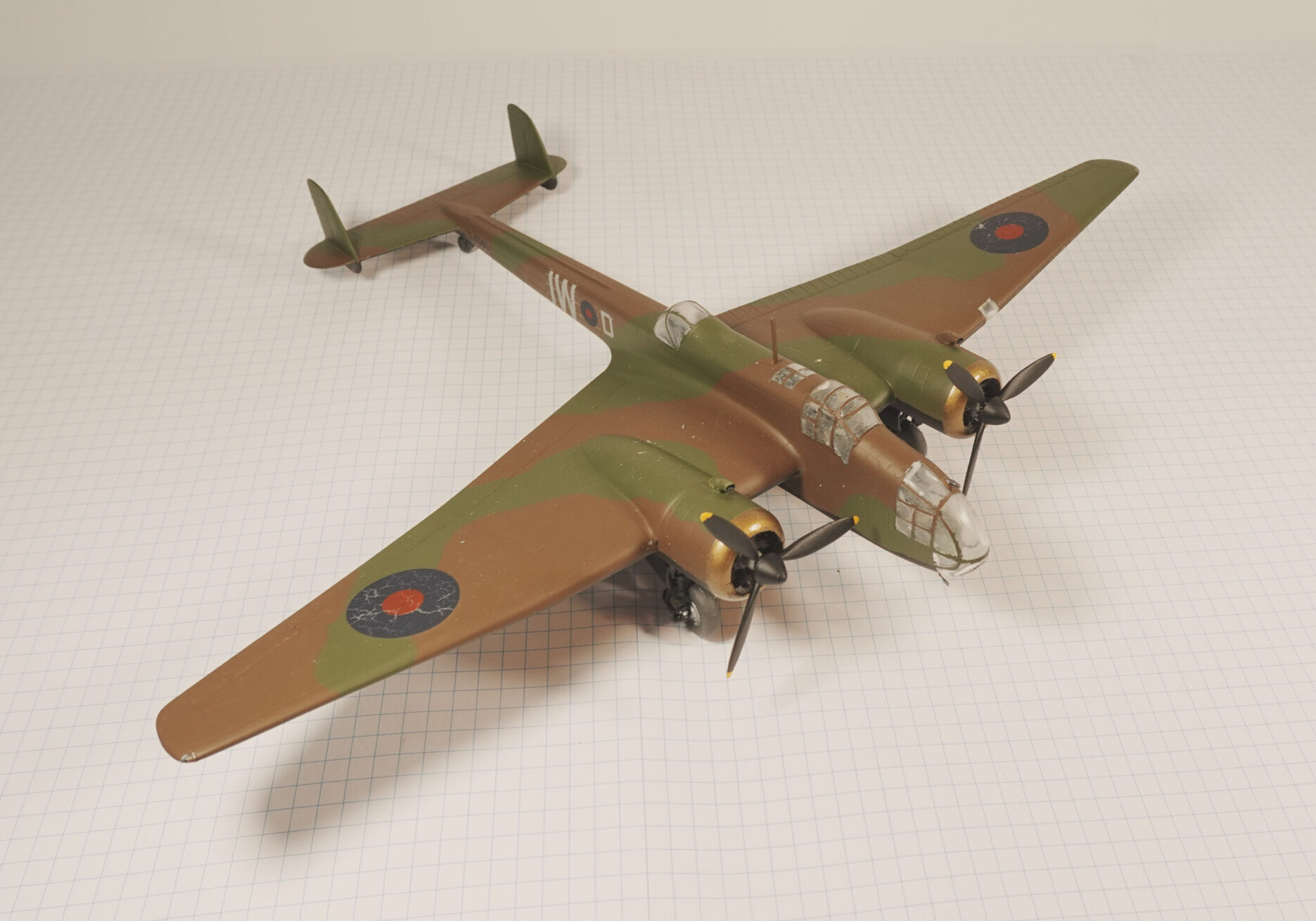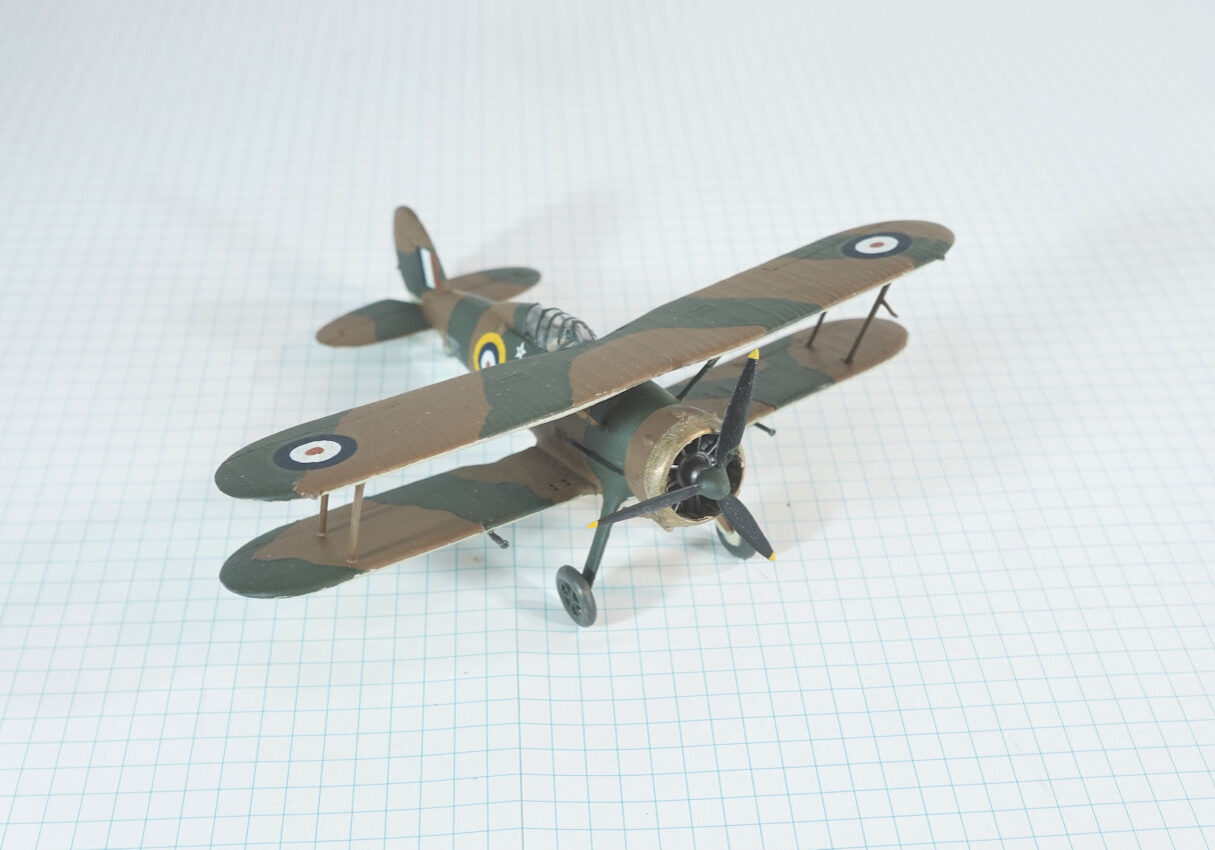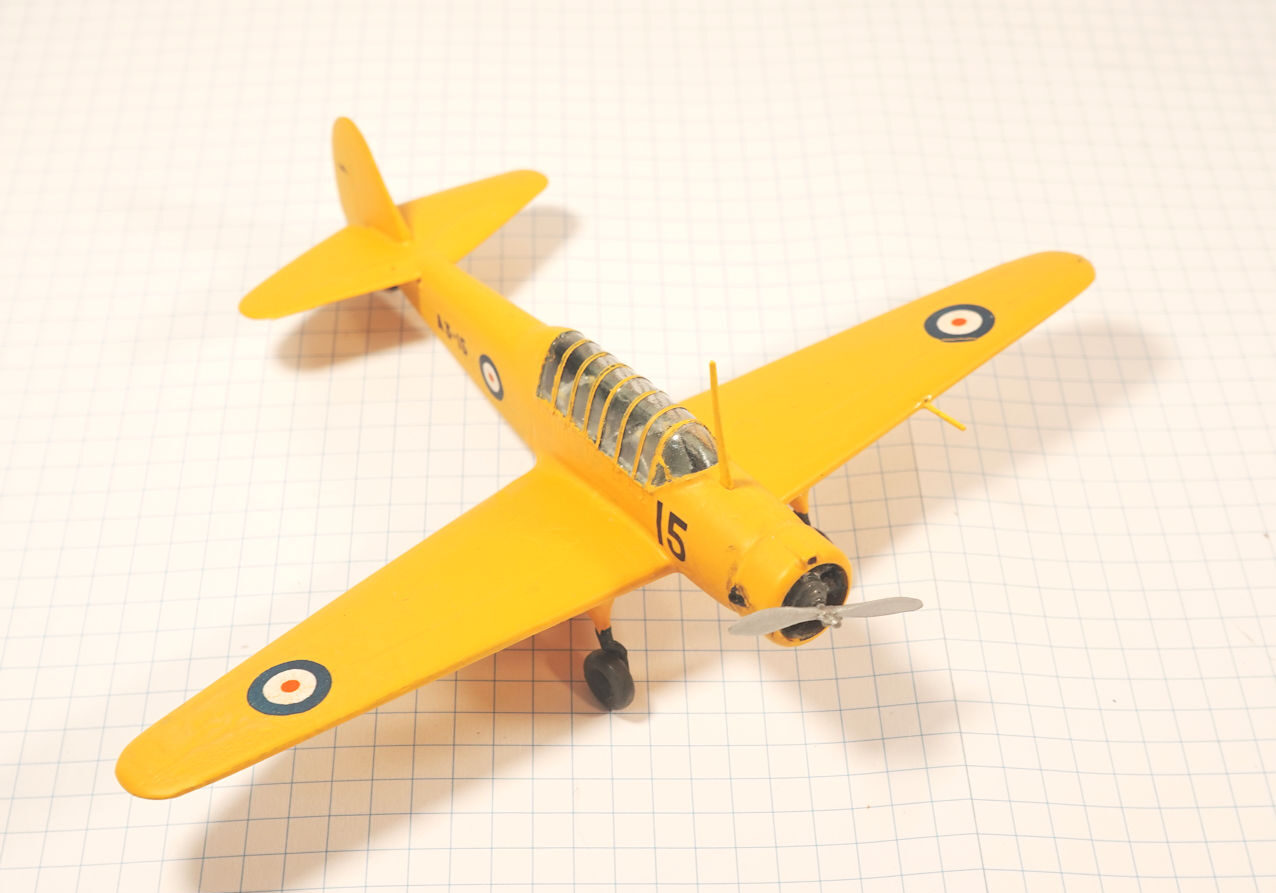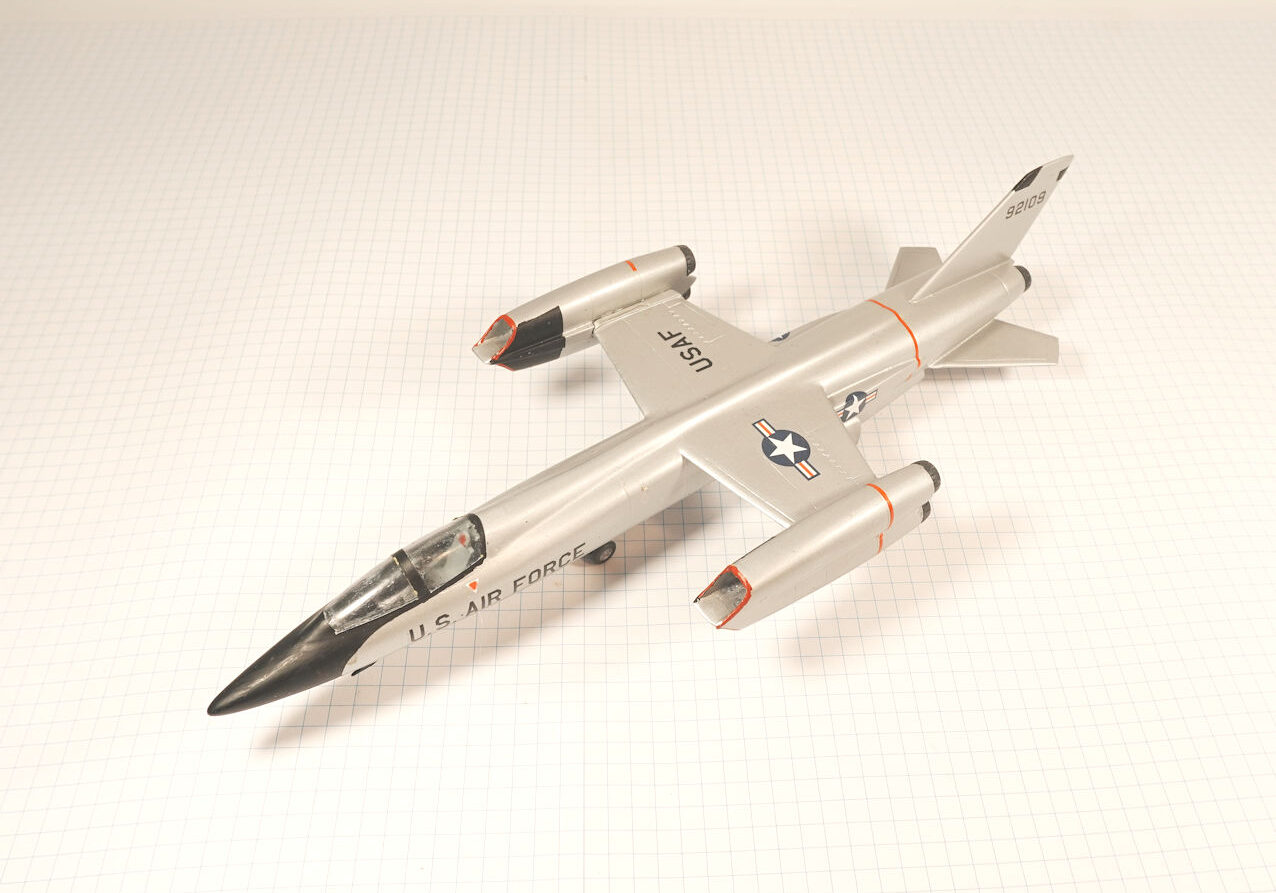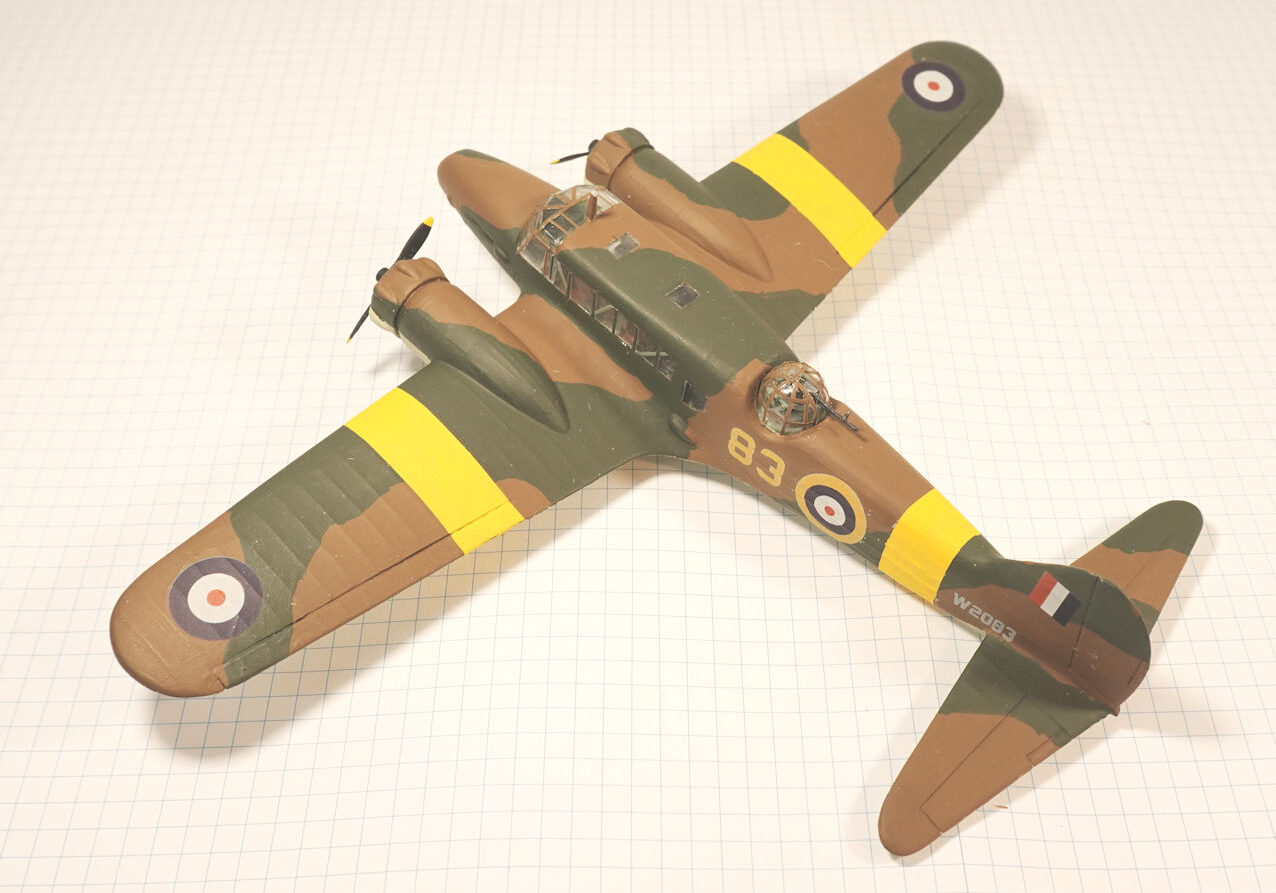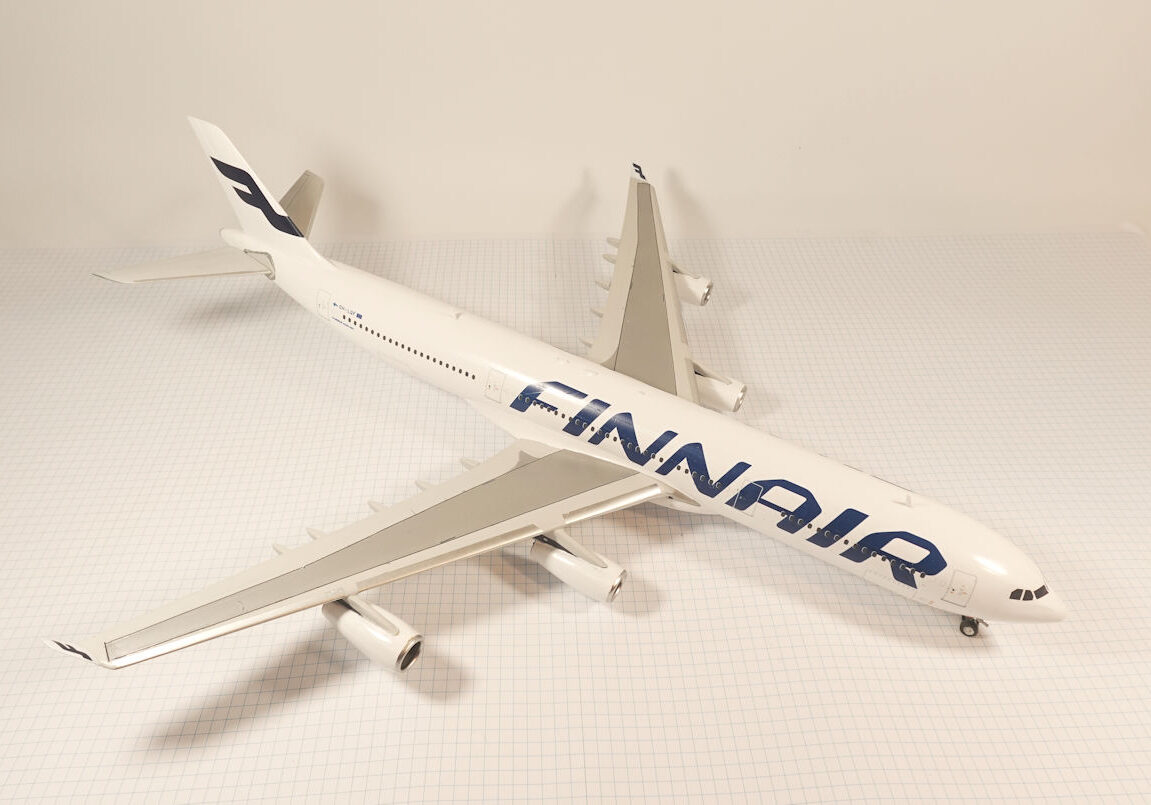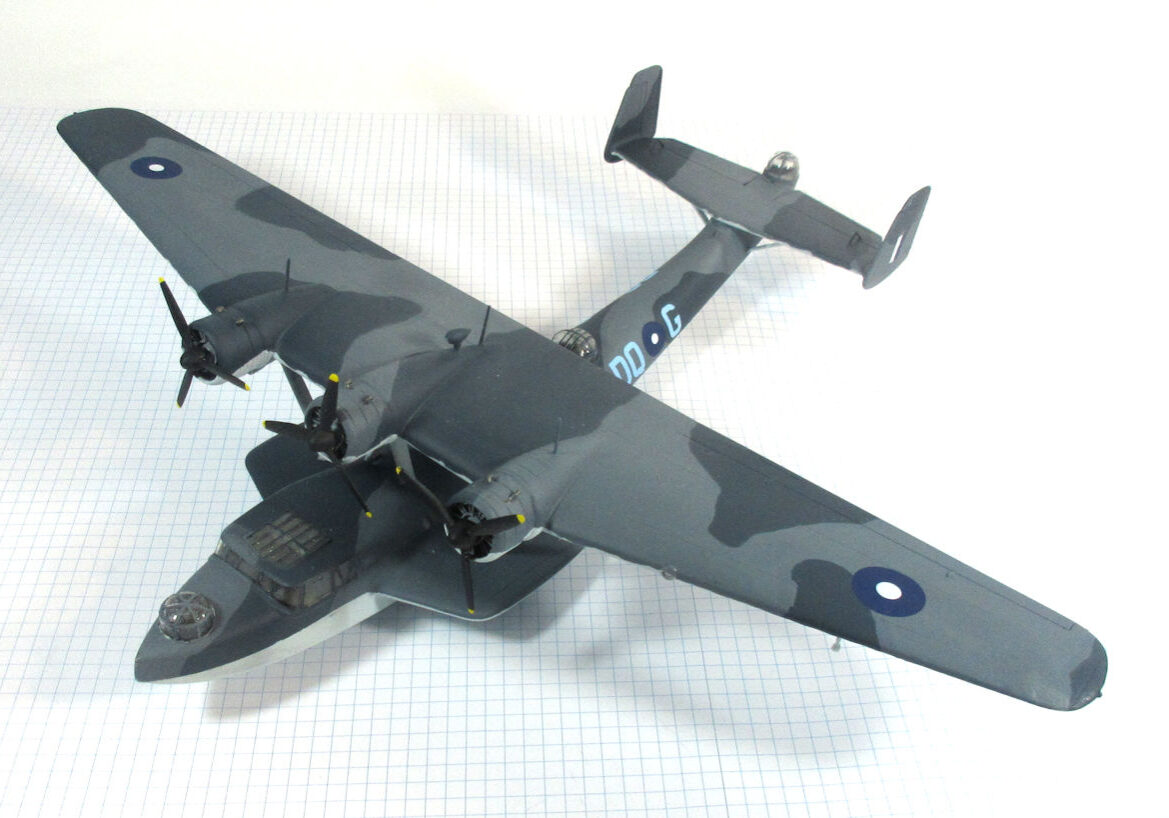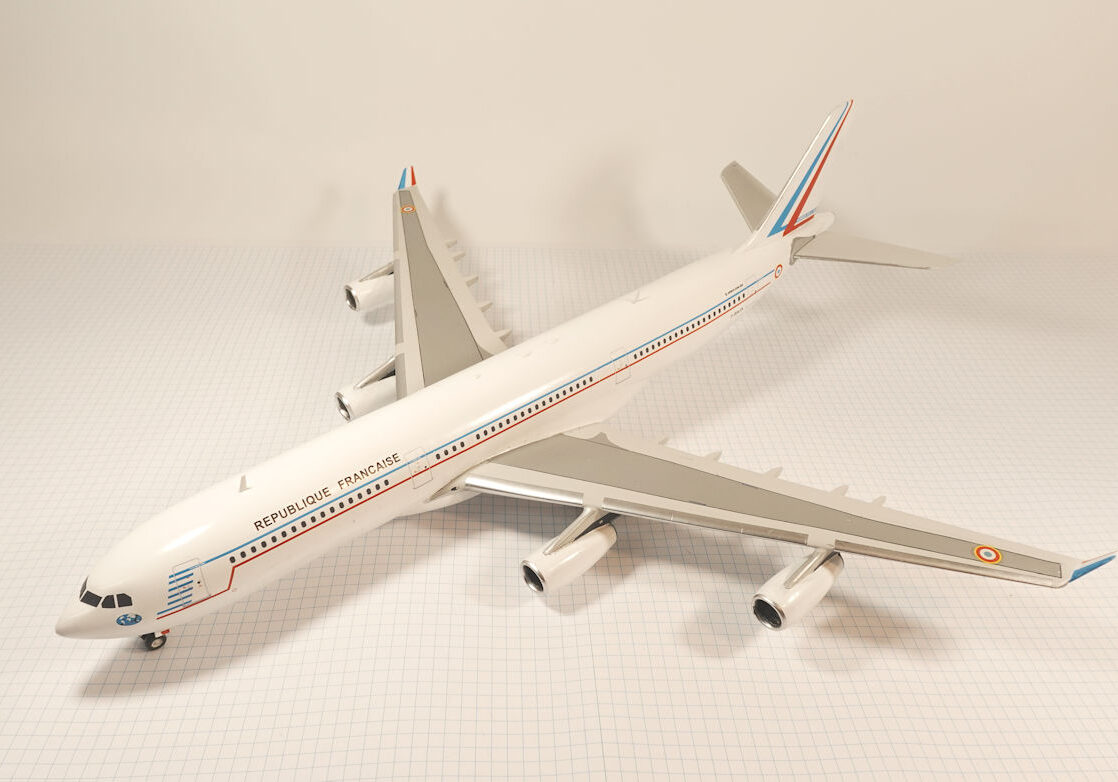History
The Gloster Javelin was a night and all-weather interceptor designed in Britain in the late 1940s which served successfully with the Royal Air Force between 1956 and 1968. The FAW.9 was the final version to be produced.
The Gloster Javelin was designed as a night and all-weather interceptor in response to the threat of Soviet bombers that emerged after World War II.
It had a minimum endurance of two hours, airborne interception radar and was economical to produce.
Design began in 1948 and the prototype first flew on 26 November 1951. They began entering service in February 1956 and 436 were produced.
They remained in service until April 1968 and served successfully with twenty squadrons until replaced by late model BAC Lightnings.
This model represent XH793 in service with 23 Squadron, RAF, at Coltishall in 1961.
Frog 1/72 kit with Xtradecals decals completed by Leigh Edmonds in February 2021.

